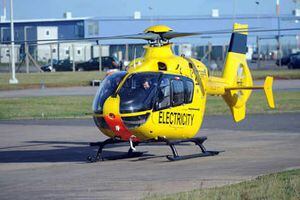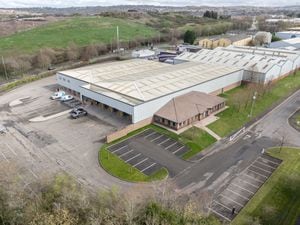Eye in the sky guards pylons
Hovering just metres above the ground, on the look-out for dangerous hotspots and potential power cuts, a fleet of helicopters armed with hi-tech equipment patrol the Midlands.

Hovering just metres above the ground, on the look-out for dangerous hotspots and potential power cuts, a fleet of helicopters armed with hi-tech equipment patrol the Midlands.
The region's electricity provider Western Power Distribution has a squad of seven choppers – including two new, £3.5 million models – which monitor the network.
Gone are the laborious days of a man in a cherry-picker lift climbing up to inspect the pylons himself – instead, powerful cameras and thermal imaging equipment take around 20,000 pictures a day which are then examined by engineers.
The choppers can cover up to 130km of cable a day, and generally inspect around 100,000km of cable every year.
Spokeswoman Stella Hayward said today the on-board cameras were used for preventative measures, as well as spotting faults.
"The cameras take very detailed pictures, while the thermal image cameras show any hotspots, where heat is escaping," she said.
"This can mean there is a weakness there and we can make sure any necessary works are carried out to fix it before a power cut happens." Other electricity firms have been so impressed by the operation they have now joined a consortium, borrowing the helicopters whenever they have faults on their own network.
The new helicopters have been invested in to expand the fleet, which gets calls from all over the country as part of the consortium. They also make around 60 per cent less noise – which, when they are flying over farmland, is useful as it means cattle and horses are less likely to be spooked, leading to fewer complaints from angry farmers.
The helicopter unit consists of five pilots and five observers, who record the results of each trip using touch screen laptops kitted out with a programme which can identify every single pylon, pole and substation in the country.
This means any fault or potential threat identified, such as trees growing through the power lines – which can cause severe damage in a storm – can be transmitted almost immediately to engineers.
Pilot Robin Tutcher said the choppers get as low as 40ft from the ground to inspect cables as closely as possible.
"Helicopters are expensive – we know that," he said. "But depending on fault severity, time of day, weather and availability we can get anywhere in the Midlands within two and a half hours."





